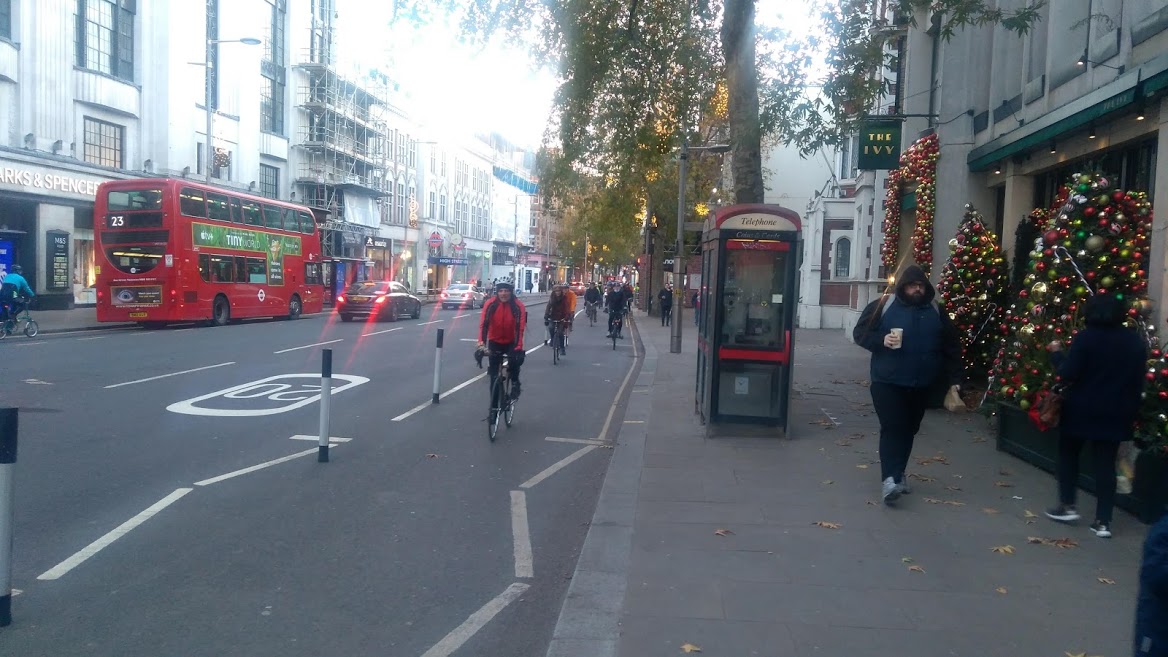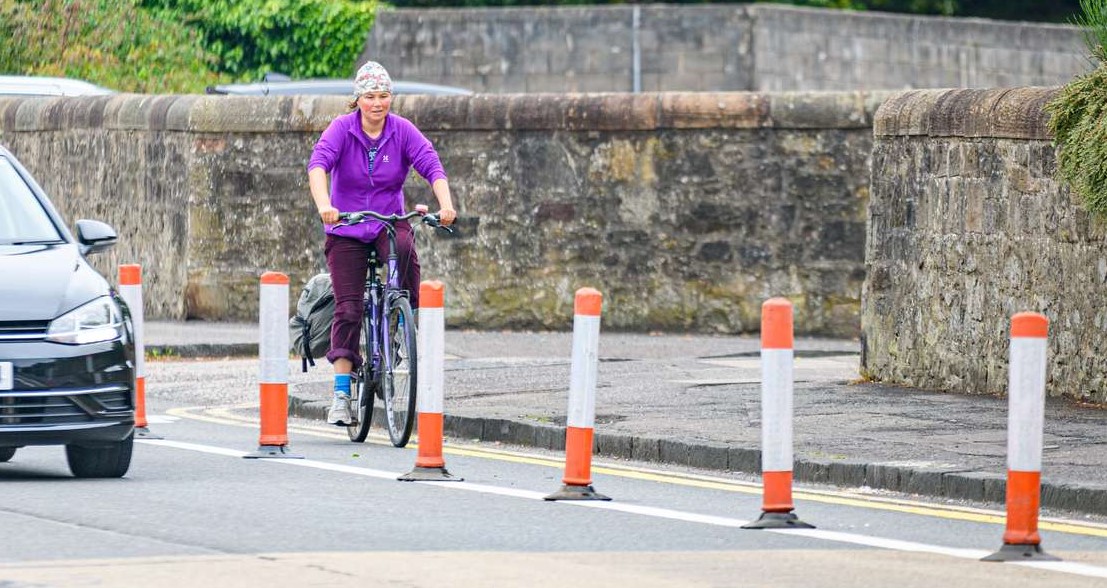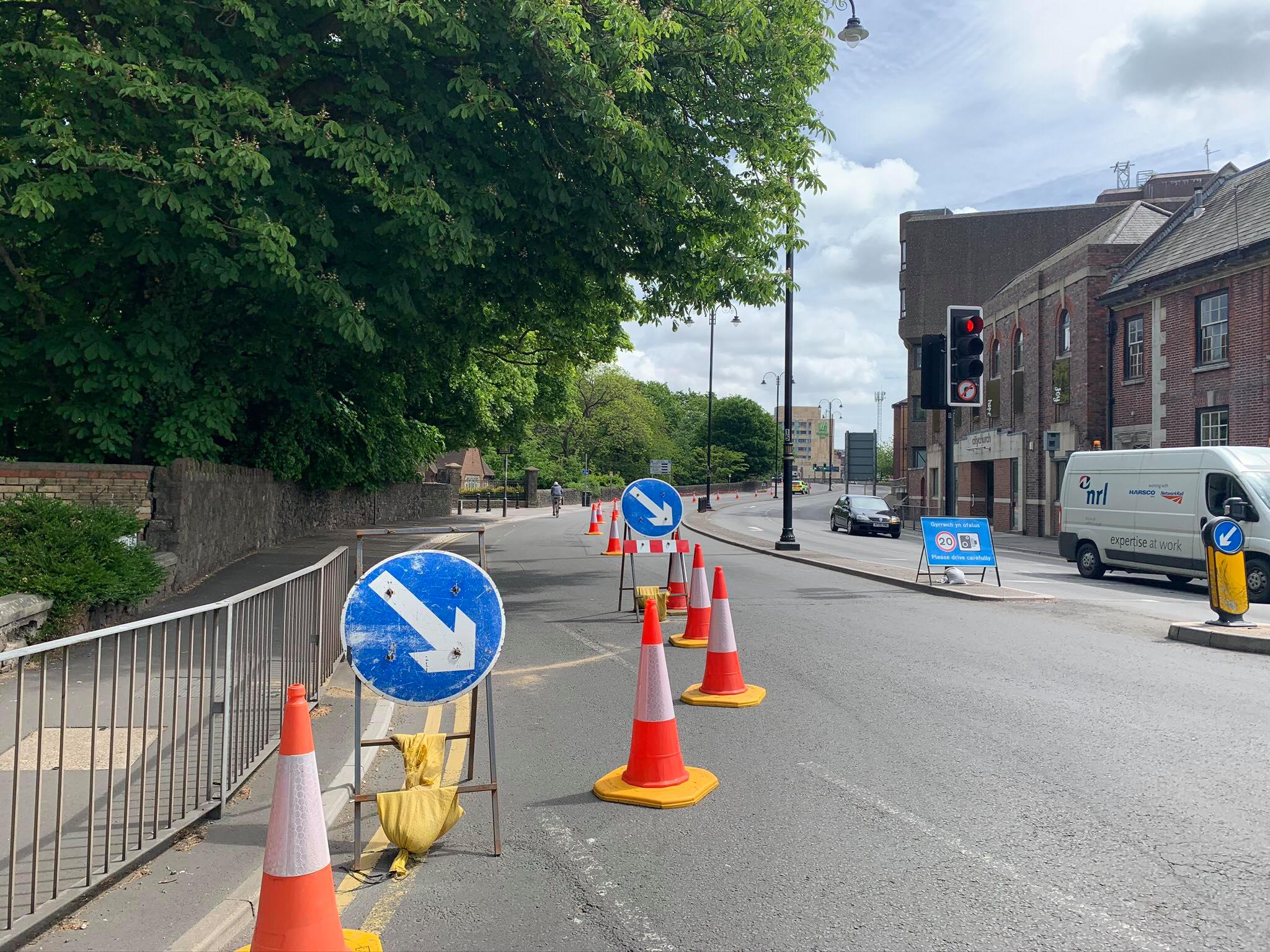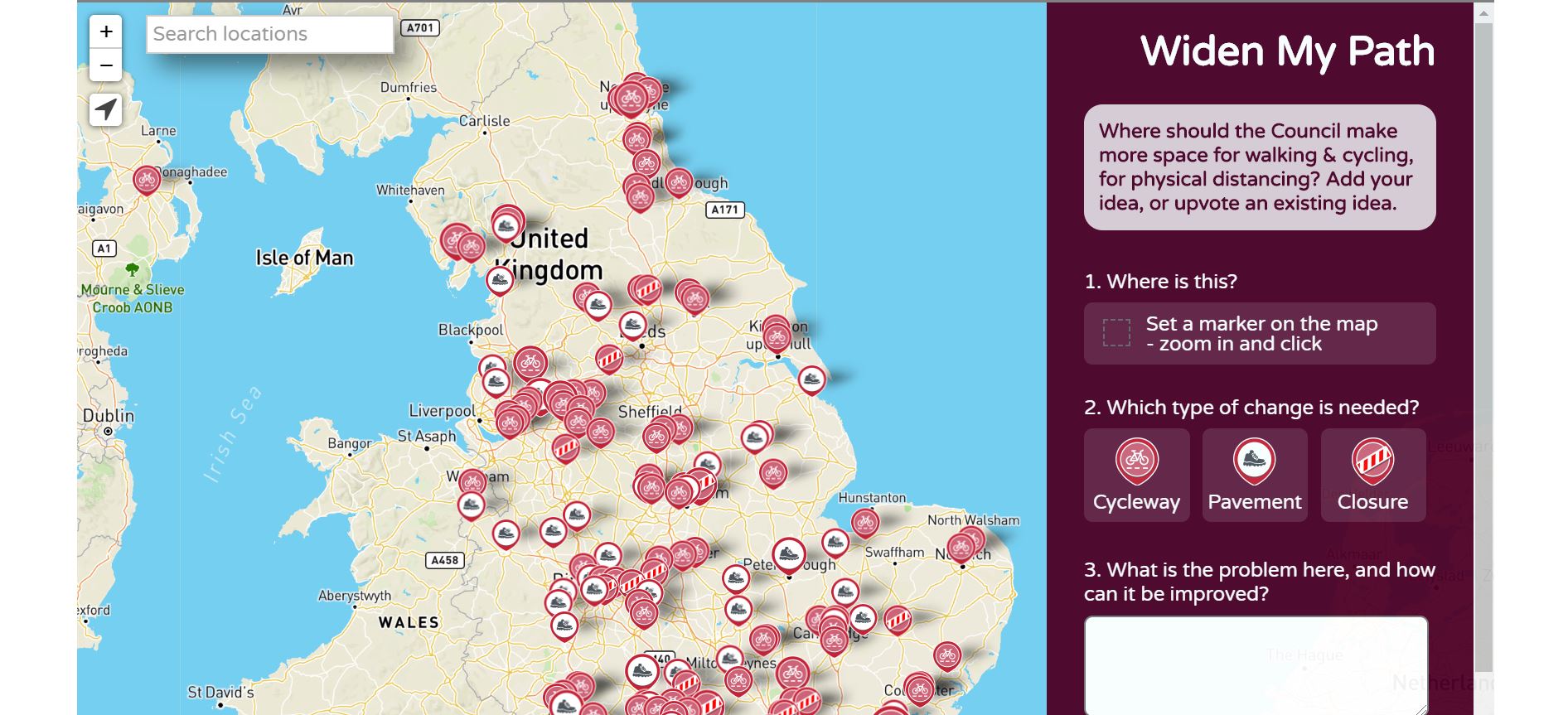How can my council get cash for temporary cycle lanes?
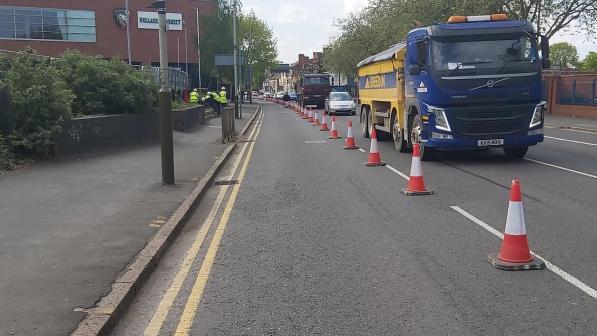
Last week, we set out some questions and answers to help people engage with their council, and let them know where pop-up cycle lanes, wider pavements and other temporary infrastructure measures are needed.
We explained how you can use the Widen my Path Map to make suggestions and, in England, the Rapid Cycleway Prioritisation Tool to supplement your local knowledge before doing so.
But we’ve also received loads of questions about funding, what money is available to local authorities to implement emergency active travel measures, and what’s the guidance about how they spend the money, and on what?
So, to supplement last week's article on how to show your council where a cycle lane is needed, we’re adding some questions and answers on funding and guidance.
If you know what your council could have or has applied for, what monies they’re getting, and the type of measures they’re supposed to spend it on, that should help if you’re pressing your council for separated space to enable people to walk and cycle whilst maintaining social distance.
As funding for cycling and walking is a devolved matter, the position is different across the UK.
We’re only dealing with funding and guidance in England in the question and answers below, but we’ve explained the funding arrangements in Scotland and Wales and provided an update on what’s happening in Northern Ireland in separate articles.
What funding is available to local authorities?
On 9 May, transport secretary Grant Shapps announced that he was bringing forward a national cycling plan for publication in early June, in line with the statutory Cycling and Walking Investment Strategy to help double cycling and increase walking by 2025.
The plans have not been published yet, but Mr Shapps said that the first stage, an emergency active travel (EATF) fund worth £250 million, was “a series of swift, emergency interventions to make cycling and walking safer”, with “Pop-up bike lanes, wider pavements, cycle and bus-only streets, all examples of what people will start to see more of.”
In a further statement two weeks later, he confirmed that the Government was allocating £225 million from the EATF to local authorities “to create pop up and permanent cycle lanes and reallocate road space”.
The Department for Transport (DfT) subsequently published details of ‘indicative allocations’ to each local transport authority (so not second tier councils without highways responsibilities), to be paid in two tranches.
You can check the indicative amount for your council here, though where you’re in a combined authority (CA) the indicative allocation is for the CA, not for every council within it.
Is the indicative amount what my council will actually get?
Not necessarily. The DfT made it clear that the indicative amounts were likely to vary, and required councils to submit satisfactory plans to the DfT by 5 June, with CAs submitting plans on behalf of their constituent authorities.
The DfT’s letter to transport authorities dated 27 May states that “the amounts are only indicative. To receive any money under this or future tranches, you will need to show us that you have swift and meaningful plans to reallocate road space to cyclists and pedestrians, including on strategic corridors.”
On 24 June, transport minister Chris Heaton-Harris indicated in a written answer that the DfT would confirm allocations from tranche 1 of the EATF “as soon as possible” (tranche funding is explained below).
We’ll update these questions and answers once that happens, but we suspect that some councils will receive less than the indicative amount they were hoping for, because the plans they’ve submitted won’t achieve the reallocation of road space stipulated by the DfT, or comply with the revised statutory guidance issued in May.
What did councils need to include in their funding bids to get the cash?
The DfT are releasing funding from the EATF to councils in two tranches. Essentially this means that councils had until 5 June to apply for 20% of the indicative amount provisionally allocated to them. However, the DfT’s letter makes it clear that:
- The first tranche of £45 million would be released so work could begin at pace on closing roads to through traffic, installing segregated cycle lanes and widening pavements.
- The amounts are only indicative, and to receive any money under this (or future tranches), councils would need to show that they have swift and meaningful plans to reallocate road space to cyclists and pedestrians, including on strategic corridors.
- The quickest and cheapest way of achieving this (reallocation of road space to cyclists and pedestrians) would normally be point closures, which can also be used to create low-traffic filtered neighbourhoods.
- Anything that does not meaningfully alter the status quo on the road will not be funded.
Those requirements to receive funding also need to be looked at alongside the revised statutory guidance.
What does the new statutory guidance say?
When announcing the EATF, Mr Shapps also referred to fast-tracked statutory guidance effective immediately, telling councils to reallocate road space for significantly increased numbers of cyclists and pedestrians.
Highway authorities must have regard to statutory guidance issued by the secretary of state for transport under Section 18 of the Traffic Management Act 2004 when delivering their network management duties under the act.
The new guidance provides additional advice on techniques for managing roads to deal with coronavirus response-related issues, and states that:
- The Government expects councils to make significant changes to their road layouts to give more space to cyclists and pedestrians.
- Active travel is affordable, delivers significant health benefits, has been shown to improve wellbeing, mitigates congestion, improves air quality and has no carbon emissions at the point of use.
- Councils in areas with high levels of public transport use should take measures to reallocate road space to people walking and cycling.
So, the guidance makes it clear that significant changes to road layouts are expected, including measures to reallocate road space for active travel, and that doing so mitigates congestion. It also states that councils should consider all possible measures to reallocate road space, including:
- Restricting access for motor vehicles at certain times (or at all times) to specific streets, or networks of streets, particularly town centres and high streets.
- Modal filters (also known as filtered permeability), closing roads to motor traffic, for example by using planters or large barriers.
What can I do if my council receives less than the indicative amount they thought they would get?
We can’t be certain of this, but if your council doesn’t receive the indicative amount, the likelihood is that the plans they submitted weren’t ambitious, and didn’t really satisfy either expectations set out in the DfT’s letter, or those within the new statutory guidance. In summary, your council had an opportunity to secure funding for active travel but wasn’t bold enough.
It that happens, it would be worth asking your council what plans they submitted, and having lost the opportunity to secure all of the funding they could have under tranche 1, whether they’ll now submit plans for tranche 2 funding which will achieve a reallocation of road space as required.
You can use our online action to do this, emailing your councillor and the leader of your council and editing the template emails to include your suggestions and questions.
If you have suggestions about what’s needed you can also show them via the Widen My Path map, and remember we’ve already prepared some answers to questions about how to use that, and other tools to help you engage with your council.
What’s the difference between the two tranches of funding from the EATF?
Councils all received an indicative amount they could potentially receive form the EATF. Each council was able to apply for 20% of that indicative amount (tranche 1), submitting plans by 5 June.
Very broadly, tranche 1 was to support the installation of temporary projects for the coronavirus pandemic, whereas for tranche 2 funding (the remaining 80% of the indicative amount), councils will have to submit plans that have more of a longer term focus.
The precise requirements for tranche 2 funding have yet to be published, and we’ll update this article once they have.
Councils have to start the works outlined to secure tranche 1 funding within four weeks of receiving funding and complete those works within eight weeks of starting. The Dft has made it clear that it reserves the right to claw the funding back by adjusting future grant payments, and that failure to progress works funded through tranche 1 will have a material impact on a council’s chance of securing funding in tranche 2.
We will clarify timescales and requirements for tranche 2 when we know more, but what’s very clear is that the message to councils from the DfT is that they need to be bold to secure funding, and have to think about reallocation of road space.
I want more separated cycle lanes where I live, what more can I do?
If you haven’t contacted your council yet, please use our online action to do so now. You can also make suggestions via the Widen My Path map.
If you have contacted your council, please share the link to Widen My Path with friends, neighbours, community groups or work colleagues, tweet or post the link on facebook to let people know you’ve contacted your council with suggestions for #SpaceForDistancing, and help us get more people to engage with your council.
Space for social distancing isn’t just important for people who cycle, it benefits everyone. That’s why councils need to hear from a wide range of people, so they know that there’s public support for giving more space for people walking, enabling more people to travel actively, and making it possible for people to move about whilst socially distancing.

